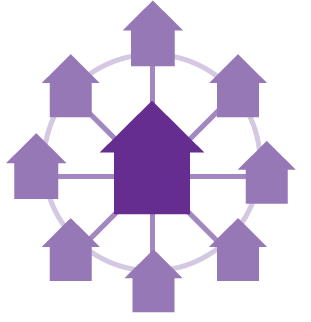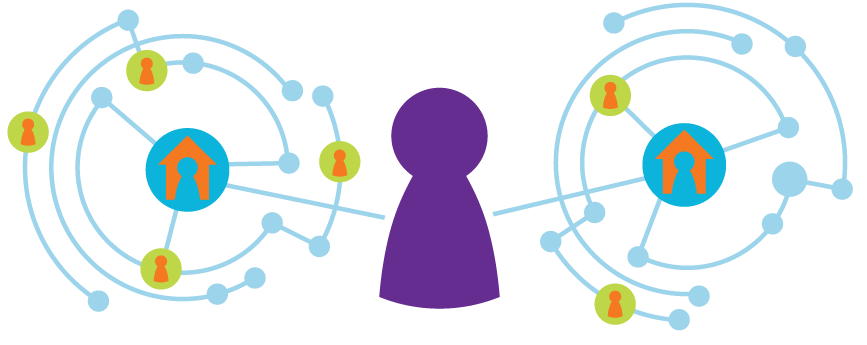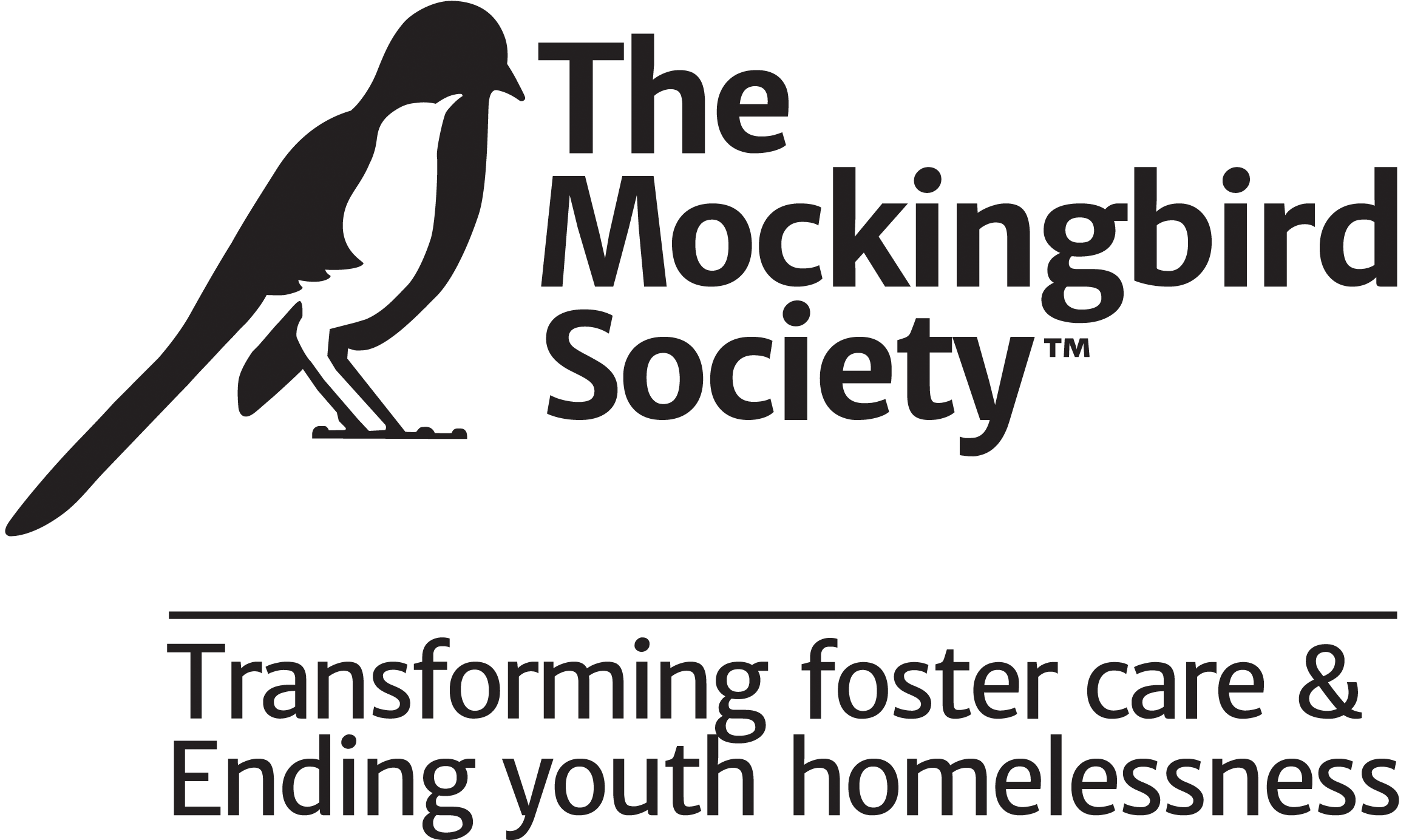The Real, Positive Change I Saw
I’ll admit it. I was a total skeptic. I’ve been in working in the foster care world in Pierce County, WA, for a long time and things really tend to remain the same. The private agency providers have meetings to talk about how to make improvements; and we gather with government folks as well to have the same conversations. Yet recruitment is still not enough, retention of foster parents is still an issue, and youth tend to get moved from home to home or don’t have placements at all.
 Over years I’ve heard about this new way to structure foster care called the Mockingbird Family ModelTM. It sounded great. The model makes an “intentional community.” The foster families are grouped into “Constellations” so that they have access to natural supports and foster parent peers who can provide the day to day support.
Over years I’ve heard about this new way to structure foster care called the Mockingbird Family ModelTM. It sounded great. The model makes an “intentional community.” The foster families are grouped into “Constellations” so that they have access to natural supports and foster parent peers who can provide the day to day support.
I was still skeptical. How in the world to do you find a Hub home that is willing to put their home, heart, and soul into not this idea to help build a community? Besides, my agency provides daily support, we gather the foster parents for support group meetings, trainings etc. How different can this Model really be?
Last year my program was given the opportunity to build our own Constellation using the Mockingbird Family Model – with a Hub Home at the center providing support to the foster families in the Constellation. I was excited about the opportunity and the hope that this might make a huge impact on the work that we do, but don’t get me wrong, I was still slow to warm to the idea. My skepticism was not easily dimmed. Then, my case manager and I were interviewed by a foster parent, yes, she was interviewing us to see if we were the right agency for her family. She and her wife had done extensive research on the model and they were experienced foster parents. She had the most amazing energy for this work. I started to think that this might be a game changer after all. We started the rounds of consultation meetings with the Mockingbird staff, started having conversations with our current homes about the changes that were coming and began recruiting new homes to join the Constellation.
We launched the Constellation and over the next few months, the Constellation - our “intentional building of a foster family community” - started to take shape. My homes were gathering monthly. They were sharing the joys and the realities of opening their homes. Their children got to know the other foster family’s kids and the youth in placement, just like an extended family.
We’ve all been introduced to the idea of planned respite and it’s a beautiful thing. Respite before the Mockingbird Family Model was crisis respite. These are two entirely different entities – planned respite allows regular breaks for self-care, and a chance for things to reset before they get to a crisis point.
I can’t put a value on the benefits of my homes having a peer to text, call or visit. One who knows what they are going through, because they have lived it, not just worked in it. Having the support of both the agency and the Hub Home has been amazing for my families. I’ve also seen the benefit for my program. The case manager still connects with our homes on a regular basis, but has an ally in our Hub Home. She has someone that she knows will check in on a foster parent over the weekend or who can call after dinner to make sure things are ok. The flip side is that the Hub Home foster parents also has a support in the case manager. The case manager is there to take on tasks that rise to the program level and this allows the Hub Home to remain in the peer zone.
This journey has had some bumps. The reality is that not every family wants to be part of a close-knit group and that there’s a process that you go through while building trust. Open communication has been the key for our Constellation. But overall, I think that the Mockingbird Family Model has the potential to create real, positive change in the foster care world.
